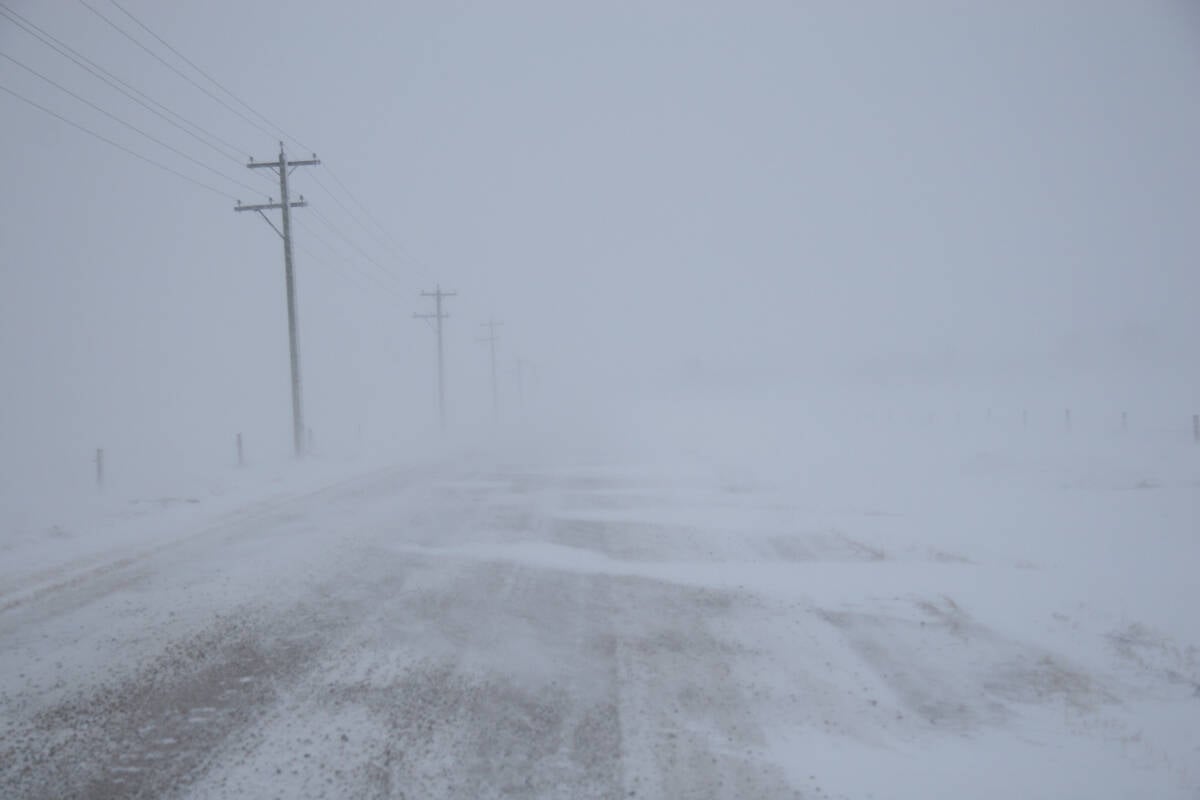SASKATOON – The latest increase in 1994-95 initial payments has pushed wheat prices up to their second highest level in the past decade.
Payments for most classes of wheat were bumped up by $10 a tonne last week, putting the export price of 1 Canada Western Red Spring at $177 a tonne for an average farmgate price of about $151 a tonne or $4.11 a bushel.
Durum payments were increased by $30 a tonne, boosting 1 CWAD to $217 a tonne. There was a $9 a tonne increase for designated barley and feed barley was unchanged.
Read Also

Volatile temperatures expected for this winter
DTN is forecasting a lot of temperature variability in the Canadian Prairies this winter. Precipitation should be close to average.
And there’s almost certainly more money to come.
The Canadian Wheat Board’s most recent projection indicates there will be final payments next January of around $10 a tonne on 1 CWRS, $30 on 1 CWAD and about $10 on designated barley.
Best since 1988
With the exception of the drought year of 1988-89, when the price of 1 CWRS zoomed to nearly $200 a tonne, this year’s wheat prices are the best prairie farmers have seen in 10 years. The average selling price for 1 CWRS in the last decade has been just under $157 a tonne, including four years in which it was below $135.
While the return for wheat is clearly good compared with the past decade, many farmers seem reluctant to use the ‘H’ word.
Rick Reich, who farms near Craik, Sask., laughed when asked whether he’d describe the 1994-95 initial payment as high.
“A guy might get in trouble if he said it was,” he said. “Some farmers would take a dim view of that and say it’s $2 (a bushel) less than it should be and maybe for some people it is.”
Everybody’s situation is different, he said, depending on the soil zone they’re in, their debt load and the amount of fertilizer or pesticides they use.
Still, compared with prices of the past decade, a projected 1994-95 final farmgate price of $161 a tonne, or $4.38 a bushel, isn’t bad, said Reich.
On his farm, today’s prices are generally profitable, especially for durum. After costs of production are taken into account, he said the farm will make more money from durum than any other crop, including $9 a bushel canola.
Gary Storey, an agricultural economist at the University of Saskatchewan and a farmer, said with prices projected to be even higher in 1995-96, the outlook is as bright as it’s been in some time, even with freight rates going up sharply Aug. 1.
“Farmers with at least an average yield will probably do all right,” he said, and that’s good news not only for farmers but also for all the businesses that depend on farmers spending money.
Storey is one of thousands of farmers trying to decide whether to sell wheat into this year’s pool or take a chance that next year’s prices will outstrip the increase in freight costs.
“I’ve been procrastinating,” he said, adding that he has 30,000 bushels of durum in the elevator on a storage ticket awaiting his decision.
The increased initial payment took effect July 14. Cheques covering money owed on sales from Aug. 1, 1994 to July 14, 1995 will be mailed to farmers the week of July 31.














